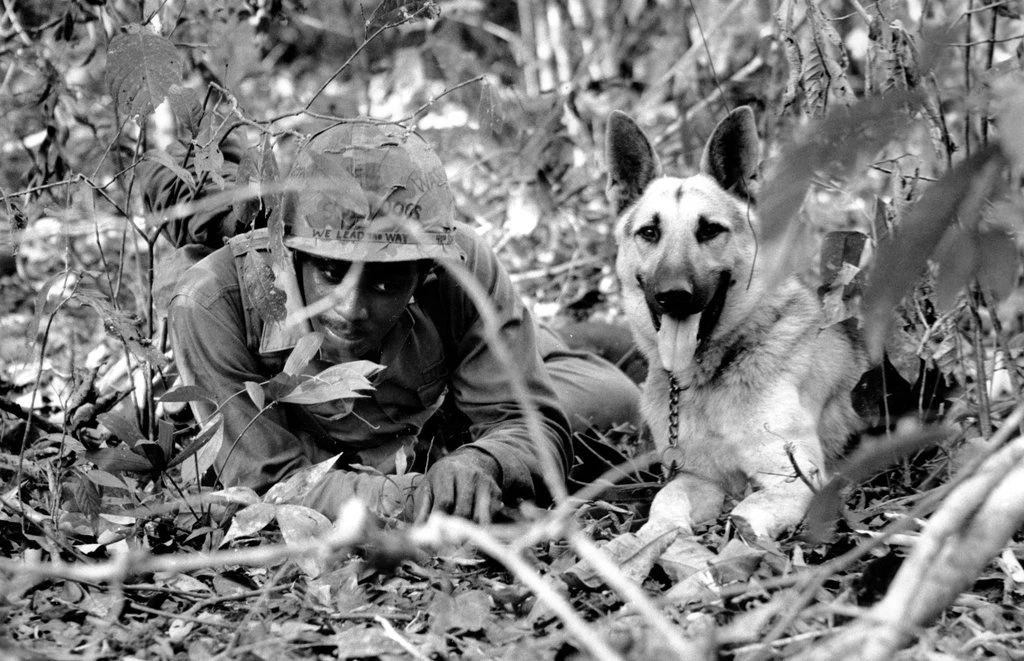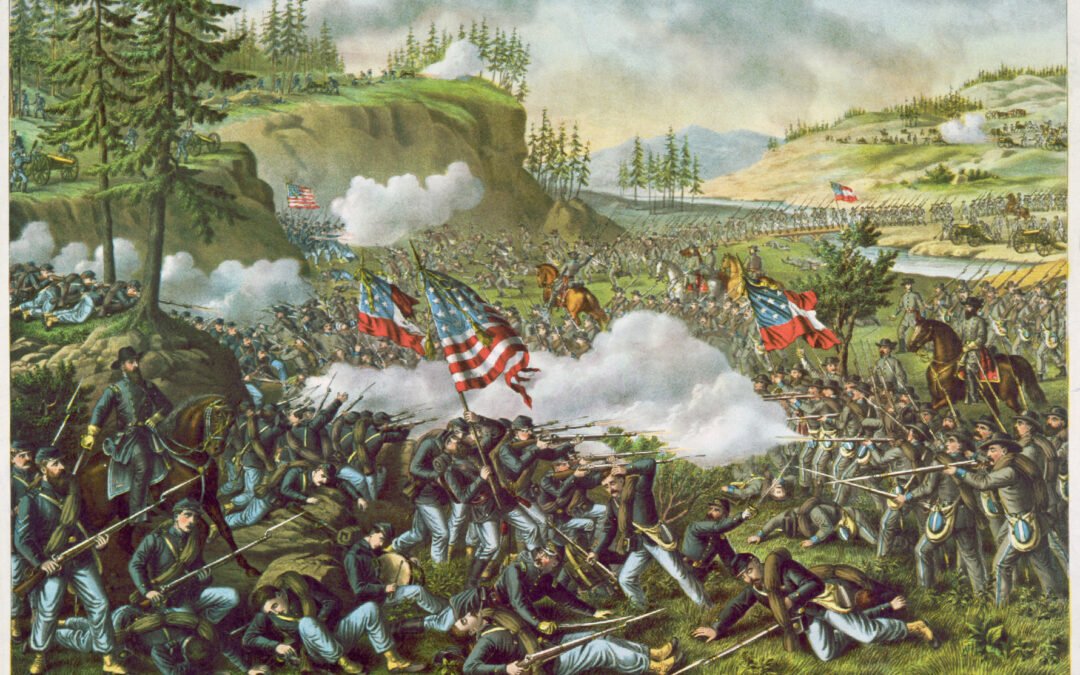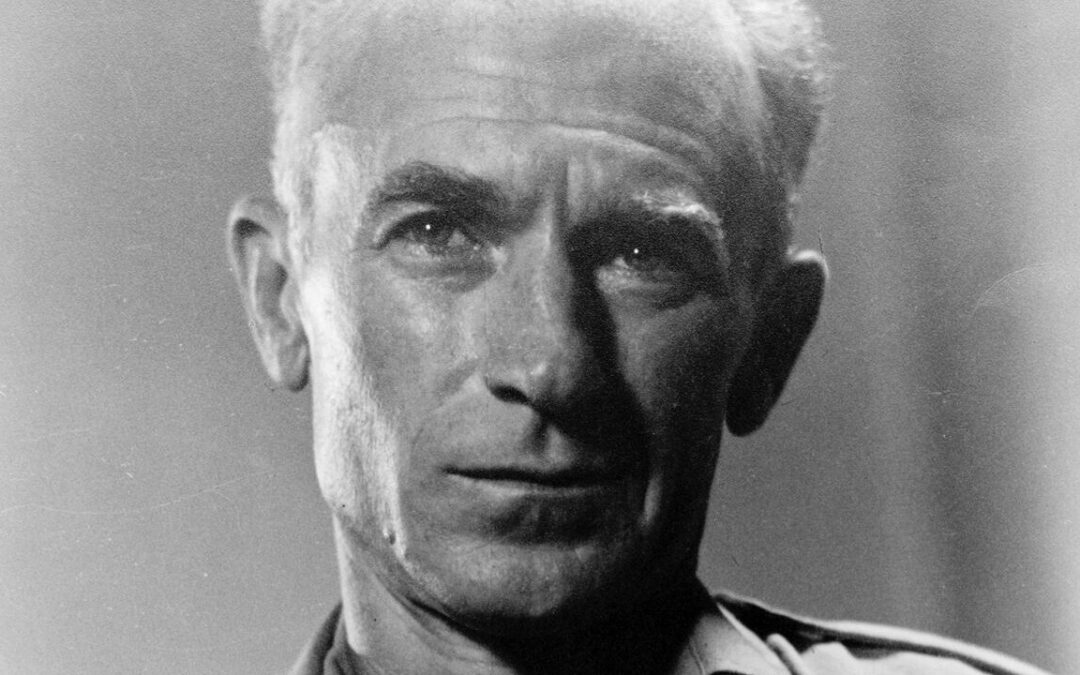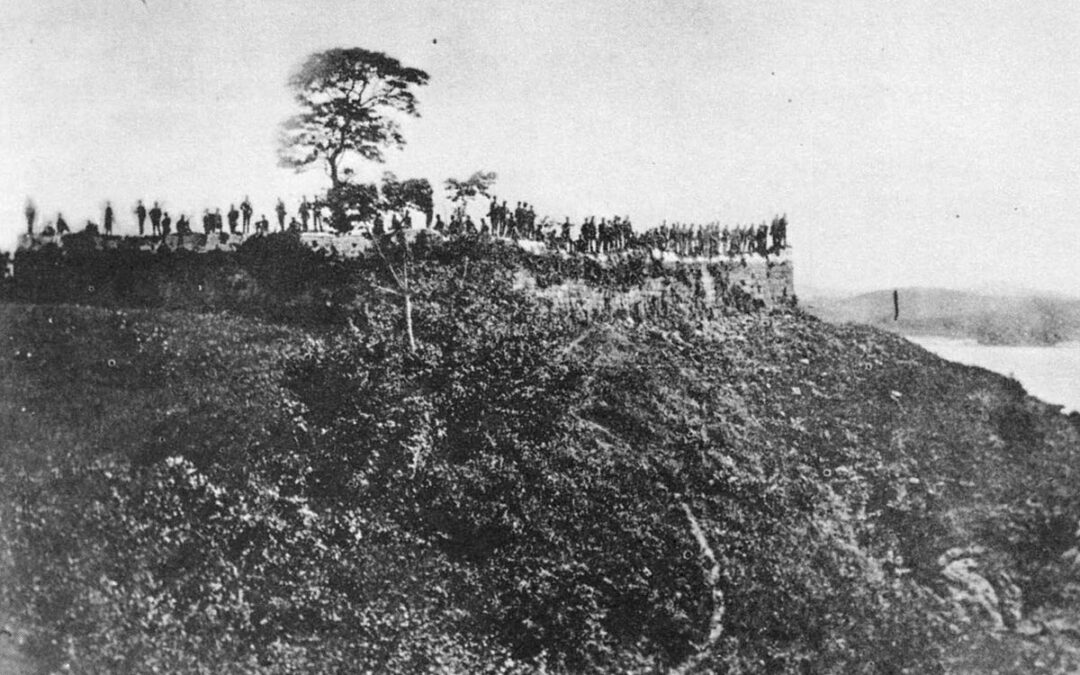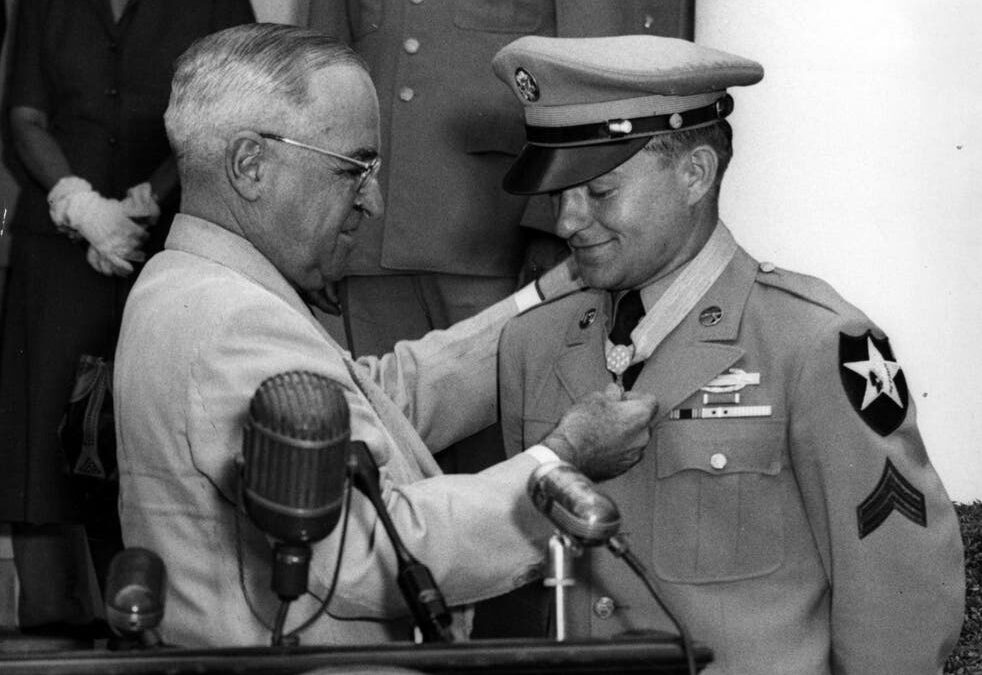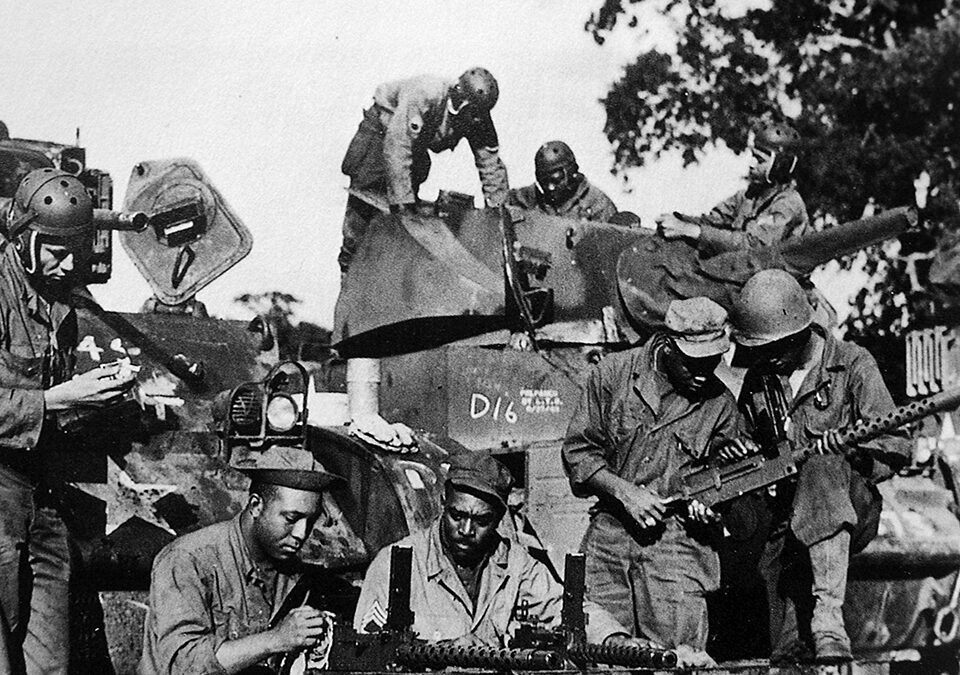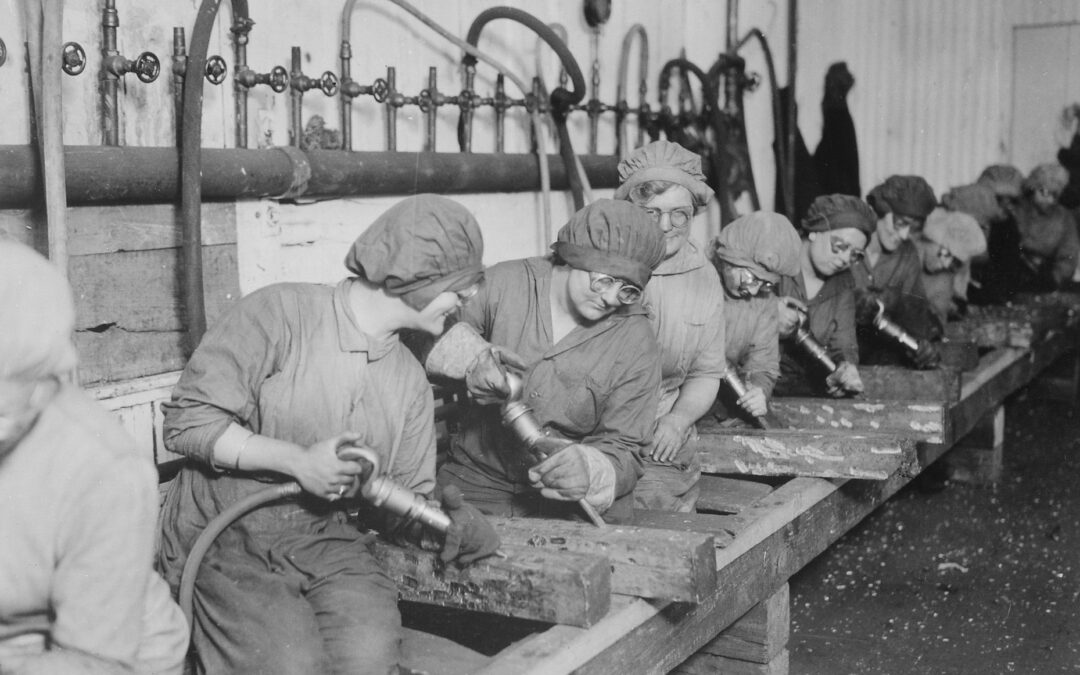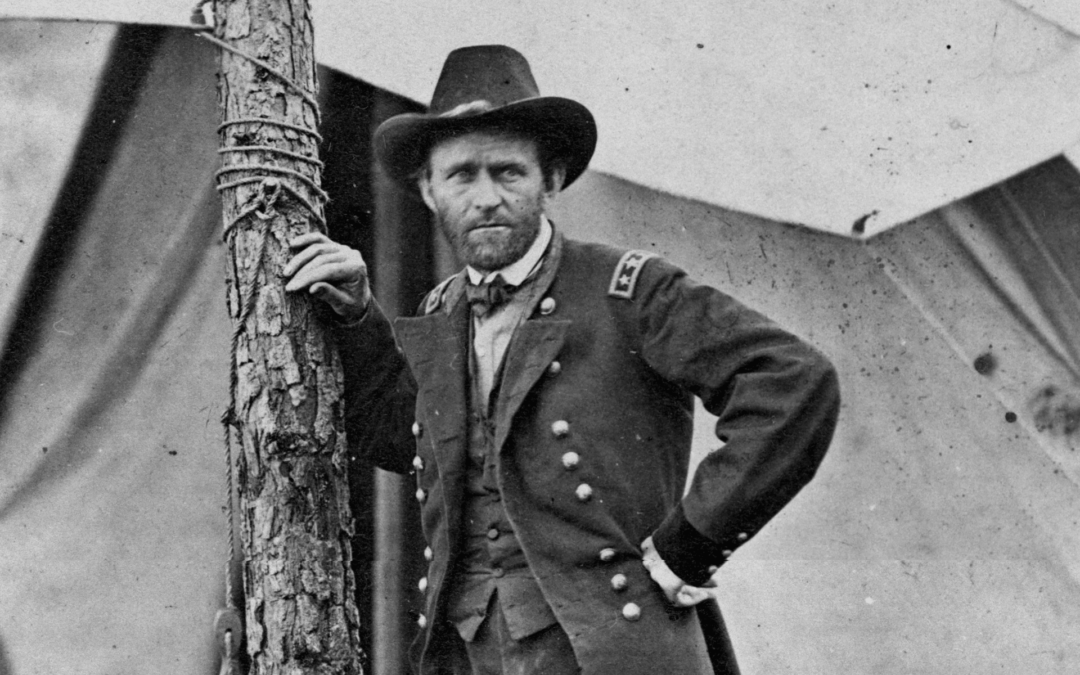Former dog sentry handler Richard Cunningham shared a history about well-trained dogs as a new kind of warfare. In the Vietnam War about 350 dogs were killed in action and 263 handlers were killed. When U.S. forces exited from Vietnam only 200 of the dogs made it back to the states. "I would wager that 90 percent of American combat troops killed in action during the Vietnam War never saw their killers. Whether it was a sniper at 200 yards, a rocket fired into a base camp or an attack from a well-concealed bunker complex, the element of surprise was usually on the side of our enemies. But our forces did have one elite weapon that sometimes took the advantage away. At times, these weapons even turned such situations upside down and enabled us to surprise and take them out. That elite weapon were our military working dogs in Vietnam War, and we had thousands of them. Military Working Dogs Were the Elite Weapon in the Vietnam War I was a sentry dog handler in Vietnam from 1967 to 1968, a...
